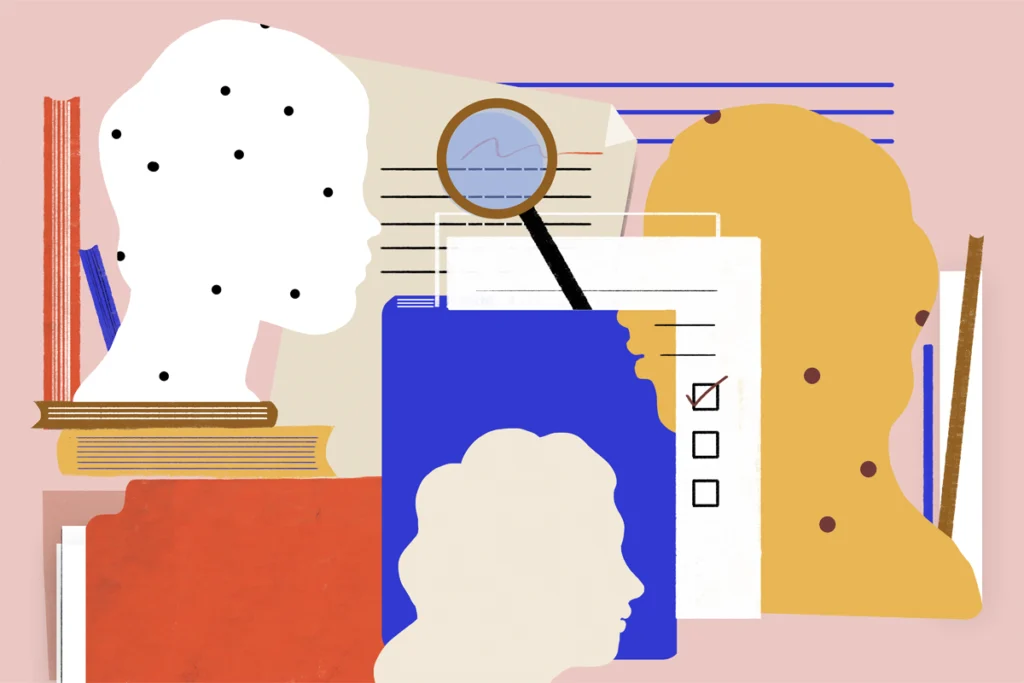- Among 3,122 children in Puerto Rico who were exposed to Zika virus in utero, 3.5 percent have an autism diagnosis. Morbidity and Mortality Weekly Report
- Variants of the gene RPH3A, which are linked to autism and epilepsy, appear to increase the number of glutamate receptors at extrasynaptic sites. Genetics in Medicine
- Children with 22q11.2 deletion syndrome have altered cortical network activity, as measured by magnetoencephalography. Neuropsychopharmacology
- Mice missing the TET2 gene curtail their social interactions; replenishing TET2 in the lateral habenula restores sociability. Cell Reports
- People who carry variants of the CUL3 gene tend to have intellectual disability, sometimes accompanied by autism traits, according to a preprint. medRxiv
- A genetic analysis of autistic people with Chinese ancestry has identified nine new candidate genes for the condition. Biological Psychiatry
- Using Neuropixels probes, researchers have mapped neural activity across the brain in mice performing complex tasks, and created a publicly available dataset, according to a preprint. bioRxiv
- Variants of genes that code for the major histocompatibility complex and human leukocyte antigens may contribute to autism by way of inflammatory processes in the gut. Translational Psychiatry
- Autism researcher Calliope Holingue recently discussed her work on the bidirectional relationship between the gut microbiome and autism traits. NPR
- Voice acoustics can distinguish autistic from non-autistic children with 91 percent accuracy. Translational Psychiatry
- Sleep diaries kept by caregivers tend to overestimate sleep duration and underestimate nighttime awakenings in children, compared with objective sleep measures; this pattern is similar whether the children have neurodevelopmental conditions or not. Spectrum reported on sleep-monitoring devices in autistic children in June. Sleep Medicine Reviews
- Many autism-linked genes date back to the Cambrian period and are highly conserved in vertebrates. Autism Research
- Stem cells from people with 16p11.2 deletion syndrome can be induced to grow into functional neurons regardless of the starting cell type or reprogramming factors, according to a preprint. bioRxiv
- Epidural analgesia during childbirth is not associated with autism traits in children, according to a prospective observational study. Spectrum covered the controversy surrounding epidurals and autism earlier this year. Journal of Clinical Anesthesia
- Preschool-aged children who lived through the COVID-19 pandemic show delays in development — by about four months — unlike children who reached age 5 before the pandemic. JAMA Pediatrics
- Variants of the genes CACNA1C and CACNA1D, which code for L-type calcium channels, are linked to neurodevelopmental conditions; variants often involve changes in noncoding regions of the gene. Channels
 Binding nook: Variants of human leukocyte antigen, which contains a peptide-binding site for antigen presentation, are linked to autism.
Binding nook: Variants of human leukocyte antigen, which contains a peptide-binding site for antigen presentation, are linked to autism. - Autistic children have lower performance on episodic and face memory tasks, which is linked to alterations in the brain’s default mode network. Biological Psychiatry: Cognitive Neuroscience and Neuroimaging
- The brain dynamics linked to attention-deficit/hyperactivity disorder traits differ in children with autism and ADHD versus those with only ADHD. eNeuro
- Whole-genome sequencing of blood from infants takes longer than commercially available targeted gene panels but returns a higher yield of diagnosis-linked gene variants. Spectrum has reported on efforts to include more genes in neonatal screens. JAMA
- The low-cost, open-access journal Aperture Neuro is now on a new platform, according to editor-in-chief Peter Bandettini. Twitter
Autism-linked genes in a Chinese population; measuring sleep; Zika virus
Here is a roundup of news and research spotted around the web for the week of 17 July.
By
Jill Adams
21 July 2023 | 3 min read
tags:
Recommended reading
Assembloids illuminate circuit-level changes linked to autism, neurodevelopment
By
Sarah DeWeerdt
19 December 2024 | 0 min watch
Explore more from The Transmitter

The Transmitter’s favorite essays and columns of 2024
By
The Transmitter
23 December 2024 | 2 min read

Say what? The Transmitter’s top quotes of 2024
By
The Transmitter
23 December 2024 | 2 min read

The Transmitter’s favorite podcasts of 2024
By
The Transmitter
23 December 2024 | 1 min read
Cite this article:

